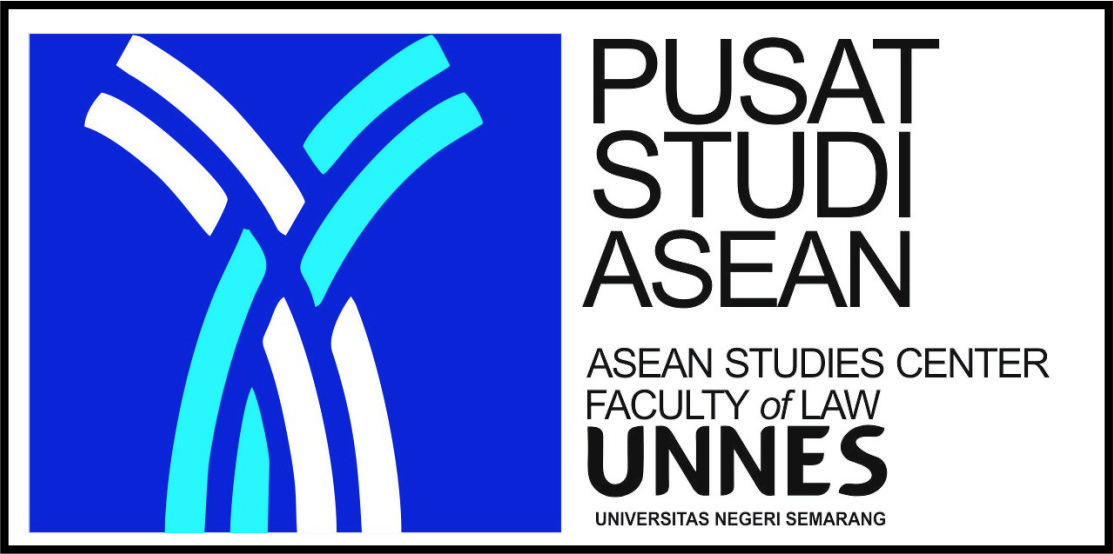Evaluation of Electronic Evidence in Criminal Justice in the Era of Advanced Artificial Intelligence Technology
Abstract
Law enforcement is one of the many facets of society that have seen substantial changes as a result of the quick growth of digital technology, especially artificial intelligence (AI). The purpose of this study is to assess how electronic evidence is used in Indonesia's criminal justice system, pinpoint the difficulties encountered, and offer suggestions for enhancing the efficiency and equity of electronic evidence in the age of artificial intelligence. In line with the technological elements included in digital and criminal investigation research methodologies, this qualitative study aids in the creation of a theoretical framework for the use of electronic evidence in the setting of artificial intelligence. The results show that Indonesian law is now able to meet the needs of the digital age with its adaptation to technological advancements. Finding material truth in court proceedings is made possible by electronic evidence, which is legally acknowledged as a legitimate tool in criminal justice. To successfully address these issues and optimize the use of AI in the legal system, it is imperative to develop a strong ethical framework, improve law enforcement capacities, and update rules on a regular basis.
Keywords
Full Text:
PDFReferences
Aan Setiadarma, Ahmad Zaki Abdullah, Priyono Sadjijo, and Dwi Firmansyah. “Tinjauan Literatur Transformasi Sosial Dalam Era Virtual.” Khatulistiwa: Jurnal Pendidikan Dan Sosial Humaniora 4, no. 1 (2024): 232–44. https://doi.org/10.55606/khatulistiwa.v4i1.2930.
Bampasika, Eftychia. “Artificial Intelligence as Evidence in Criminal Trial.” CEUR Workshop Proceedings 2844 (2020): 133–38.
BPPT. “Strategi Nasional Kecerdasan Artifisial Indonesia 2020 - 2045.” Badan Pengkajian Dan Penerapan Teknologi, 2020, 194. https://ai-innovation.id/server/static/ebook/stranas-ka.pdf.
Buyers, John. Artificial Intelligence: The Practical Legal Issues. Somerset: Law Brief Publishing. Law Brief Publishing, 2018.
Dahabreh, Fares. “The Continued Usage of Artificial Intelligence in the United Arab Emirates Public Sector Organisations: An Extended Information System Success Model,” 2023, 1–287.
Djanggih, Hardianto, and Nurul Qamar. “Penerapan Teori-Teori Kriminologi Dalam Penanggulangan Kejahatan Siber (Cyber Crime).” Pandecta: Research Law Journal 13, no. 1 (2018): 10–23. https://doi.org/10.15294/pandecta.v13i1.14020.
Dmitrieva, A. A., and P. S. Pastukhov. “Concept of Electronic Evidence in Criminal Legal Procedure.” Journal of Digital Technologies and Law 1, no. 1 (2023): 270–95. https://doi.org/10.21202/jdtl.2023.11.
Hartono, Sugi, Made, and Rai Yuliartini, Ni, Putu. “PENGGUNAAN BUKTI ELEKTRONIK DALAM PERADILAN PIDANA.” Nature Microbiology 3, no. 1 (2020): 641. http://dx.doi.org/10.1038/s41421-020-0164-0%0Ahttps://doi.org/10.1016/j.solener.2019.02.027%0Ahttps://www.golder.com/insights/block-caving-a-viable-alternative/%0A???%0Ahttp://dx.doi.org/10.1038/s41467-020-15507-2%0Ahttp://dx.doi.org/10.1038/s41587-020-05.
Isima, Nurlaila. “KEDUDUKAN ALAT BUKTI ELEKTRONIK DALAM PEMBUKTIAN PERKARA PIDANA” 5, no. 1 (2022): 179–89.
Manope, Indra Janli. “Kekuatan Alat Bukti Surat Elektronik Dalam Pemeriksaan Perkara Pidana.” Lex Crimen Vol. VI No, no. Vol. VI/No. 2/Mar-Apr/2017 (2017): 107–13. https://ejournal.unsrat.ac.id/index.php/lexcrimen/article/view/15350/14898.
Prasetyo, Eko Surya, Y.A. Triana Ohoiwutun, and Halif Halif. “Implikasi Yuridis Kebijakan Formulasi Alat Bukti Elektronik.” Lentera Hukum 5, no. 2 (2018): 174. https://doi.org/10.19184/ejlh.v5i2.7469.
Rahmad, Noor, Kuni Nasihatun Arifah, Deni Setiyawan, Muhammad Ramli, and Brian Septiadi Daud. “Efektivitas Bukti Elektronik Dalam UU ITE Sebagai Perluasan Sistem Pembuktian Dalam KUHAP.” Prosiding 16th Urecol: Seri Pendidikan Dan Humaniora, 2022, 96–111.
Ravizki, Eka Nanda, and Lintang Yudhantaka. “Artificial Intelligence Sebagai Subjek Hukum: Tinjauan Konseptual Dan Tantangan Pengaturan Di Indonesia.” Notaire 5, no. 3 (2022): 351–76. https://doi.org/10.20473/ntr.v5i3.39063.
Roth, Andrea. “Trial by Machine.” Georgetown Law Journal 104, no. 5 (2016): 1245–1305.
Sebayang, Ekinia Karolin, Mahmud Mulyadi, and Mohammad Ekaputra. “Potensi Pemanfaatan Teknologi Artificial Intelligence Sebagai Produk Lembaga Peradilan Pidana Di Indonesia.” Locus Journal of Academic Literature Review 3, no. 4 (2024): 317–28. https://doi.org/10.56128/ljoalr.v3i4.311.
Sutri Anggita, and Tamaulina Br. Sembiring. “Reformasi Sistem Peradilan Pidana Tantangan Dan Prospek Di Era Digital.” Journal of International Multidisciplinary Research 2, no. 1 (2024): 256–71.
Tene, Omer, and Jules Polonetsky. “Judged by the Tin Man: Individual Rights in the Age of Big Data.” Jm 4, no. April (2012): 1–55.
Refbacks
- There are currently no refbacks.











